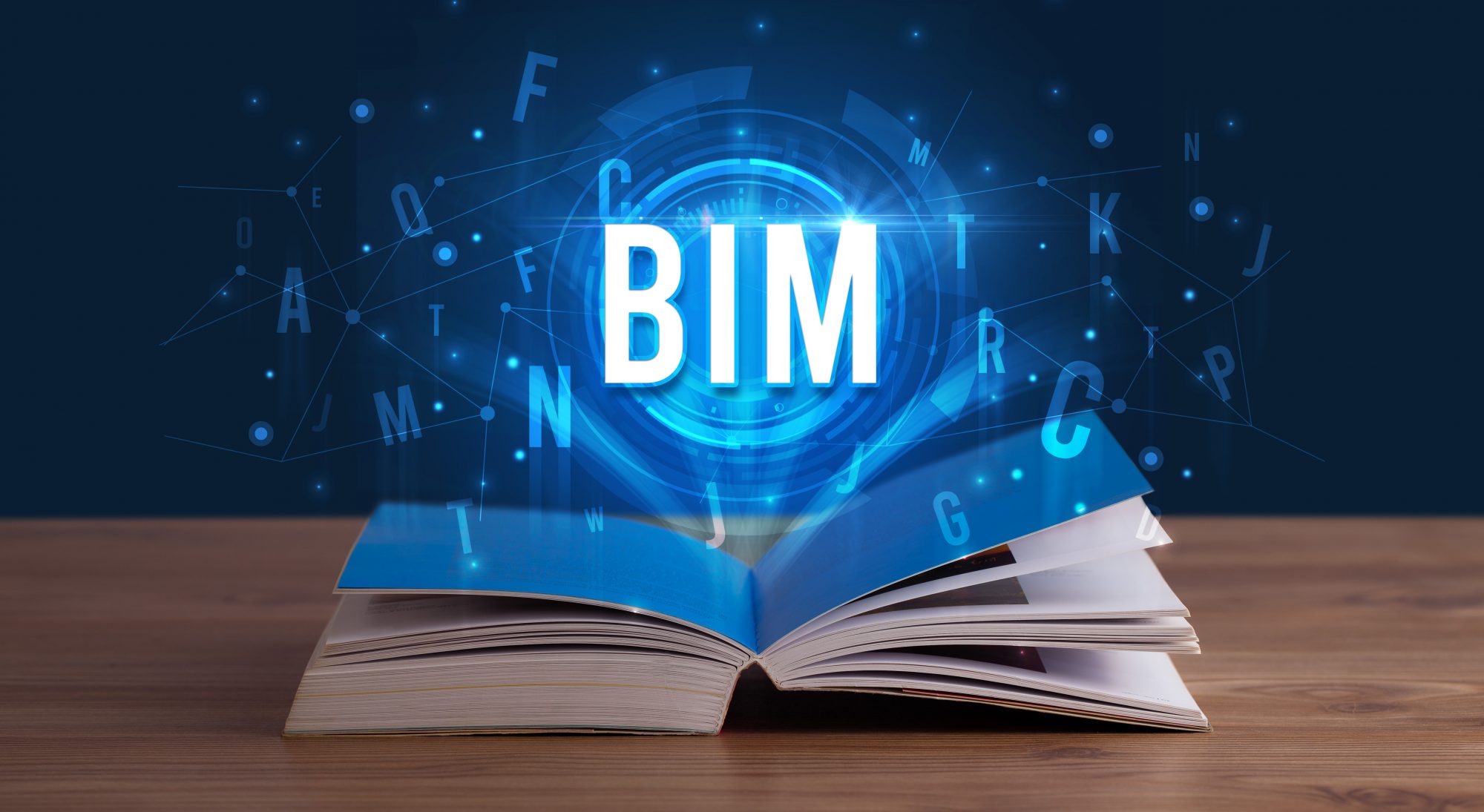In April 2022, the international standardisation body ISO published a new standard that enables the use and availability of environmental data in BIM, sourced from environmental product declarations (EPDs)
The selection of green building materials is an integral part of the design of sustainable buildings. This is why reliable and verifiable environmental information about construction products is of key importance for measuring and monitoring the environmental performance of built assets.
Such information is developed according to specific standards and delivered by manufacturers in the format of Environmental Product Declarations (EPD). Through the framework provided in the new standard ISO 22057, such environmental information will now become available also in a digital format specifically developed for use in Building Information Modelling.
According to the new standard ISO 22057, environmental data from EPDs can be incorporated into a common data model, called a data template. The data templates describe any construction product in a way that can be traced to a credible source, such as the product standards that determine how product performance should be declared and the methods it is tested against.
This data model provides all actors with a common technical language that enables them to capture and share accurate and reliable information, which now also includes environmental data currently available in the standardised EPD format.
“Collaboration is one of the key aspects of Building Information Modelling”, says Espen Schulze, head of research at Cobuilder.”
This is why data standardisation is paramount. We need common definitions, data structures and processes to ensure a common understanding of the information that we share.
“This is essential not only for the stakeholders involved in a project, but it is also the most important prerequisite for a common digital language that can be interpreted correctly by any software or BIM-authoring tool.”
As a representative of the Norwegian standardisation body Standards Norway, Espen Schulze has participated in various workgroups and subcommittees at CEN and ISO. In this role, he has contributed to the development of different data management standards, among others as a project leader for the development of EN ISO 23387, and as an expert in the newly published ISO 22057.
High-quality data is key for sustainable construction
In the past few years, sustainability has become a key priority for most construction industry actors as well as for policy and lawmakers.
As a result, the industry has experienced a growing interest in the application of reliable methods for measuring and monitoring the environmental impact of its activities. Today, carbon footprint calculations and life cycle assessment studies (LCA) are becoming an integral part of project requirements, and there is a growing need to develop common processes for working with sustainability goals in an efficient way.
“This is the main reason for developing a standard that provides a framework for managing EPD data in BIM”, explains Espen. “The industry needs a holistic way of sharing reliable, machine-readable product data that meet different information needs.
“The new standard enables industry actors to streamline information requirements, data collection and validation. If we, as an industry, want to improve our productivity growth, we need to break down the information silos that are all too common in the construction sector today.”
Espen believes that such a unified approach to managing construction object data is also an important prerequisite to improving decision-making and enabling information-driven design, construction, use and end-of-life.
In addition, the new standard ISO 22057 is an important step towards improving the quality and accuracy of life cycle assessment studies performed in projects.
“The way we monitor the environmental impact of built assets does not need to be based on assumptions and generic data any longer”, explains Espen.
“With the new framework, we will be able to collect reliable and up-to-date data about each specific material or construction element directly from the supply chain.
‘The way we manage data is essential for achieving our sustainability goals’
“To be able to transition to a circular economy, the construction industry needs common, trusted data structures. We must ensure that the information we digitise today can be used and shared freely in the years to come.
“Recycling and reuse of materials and construction elements are only possible if we have all the necessary information in a format that is compatible also with future technologies. This can be achieved through data standardisation.”
ISO 22057:2022
Sustainability in buildings and civil engineering works — Data templates for the use of environmental product declarations (EPDs) for construction products in building information modelling (BIM).














